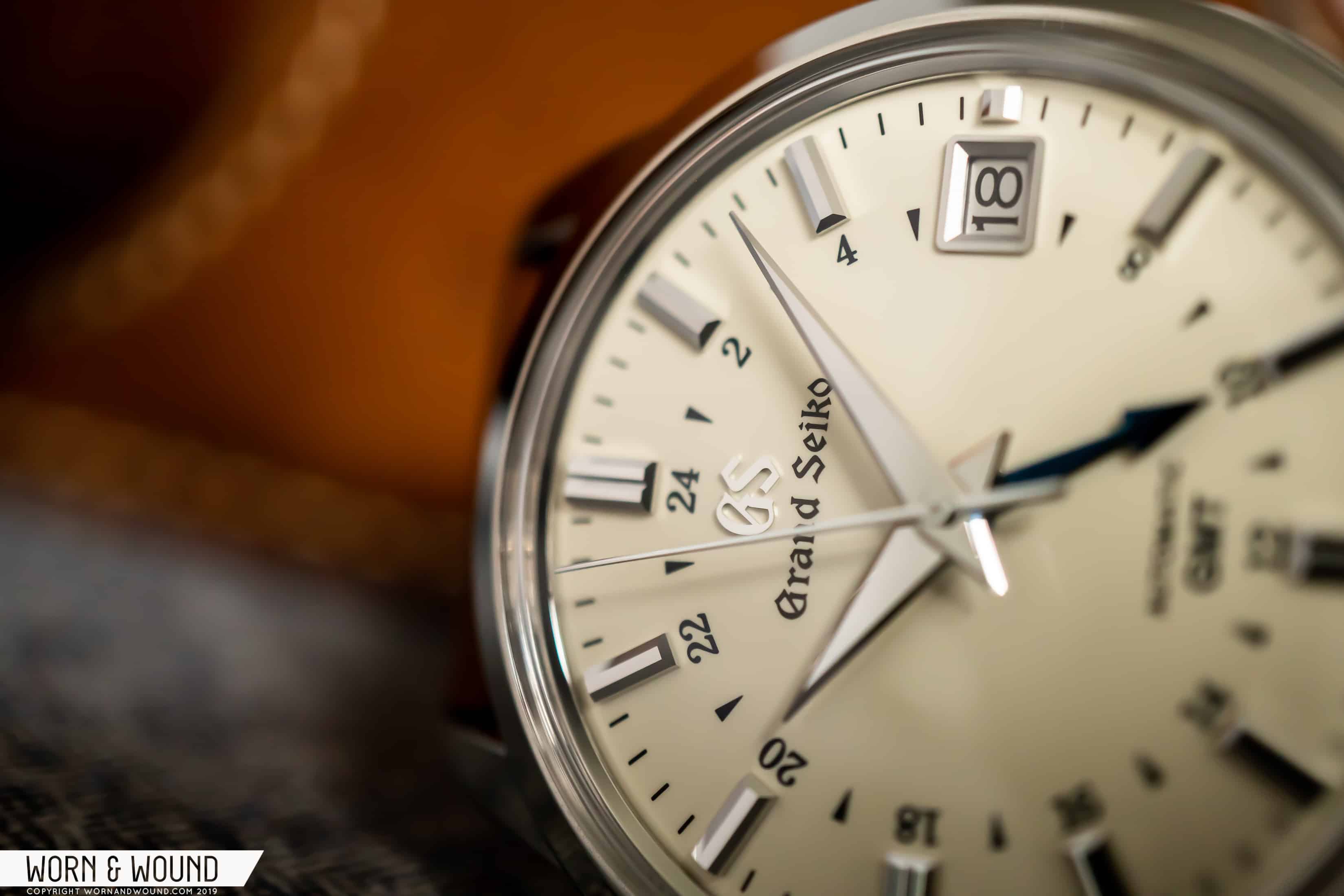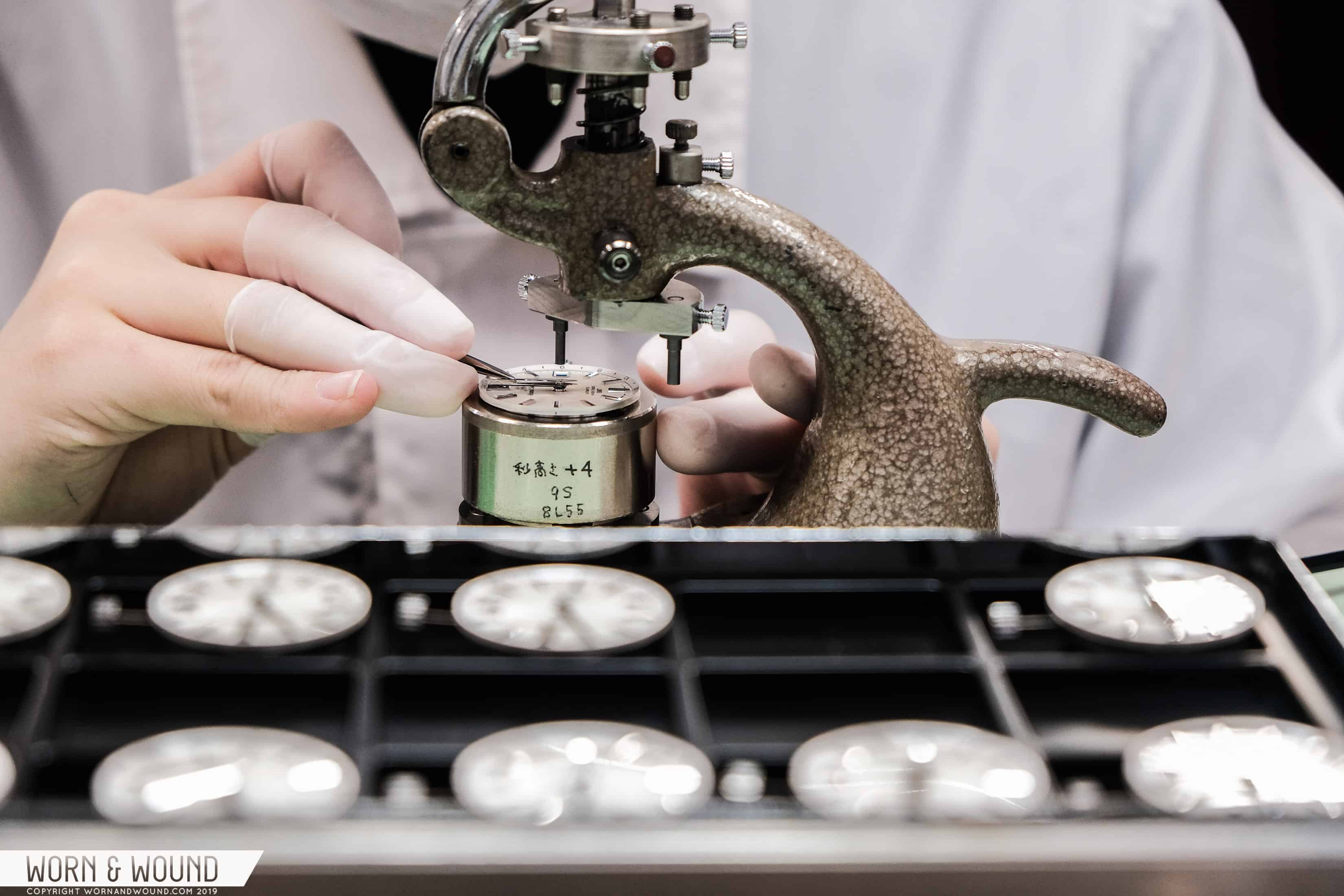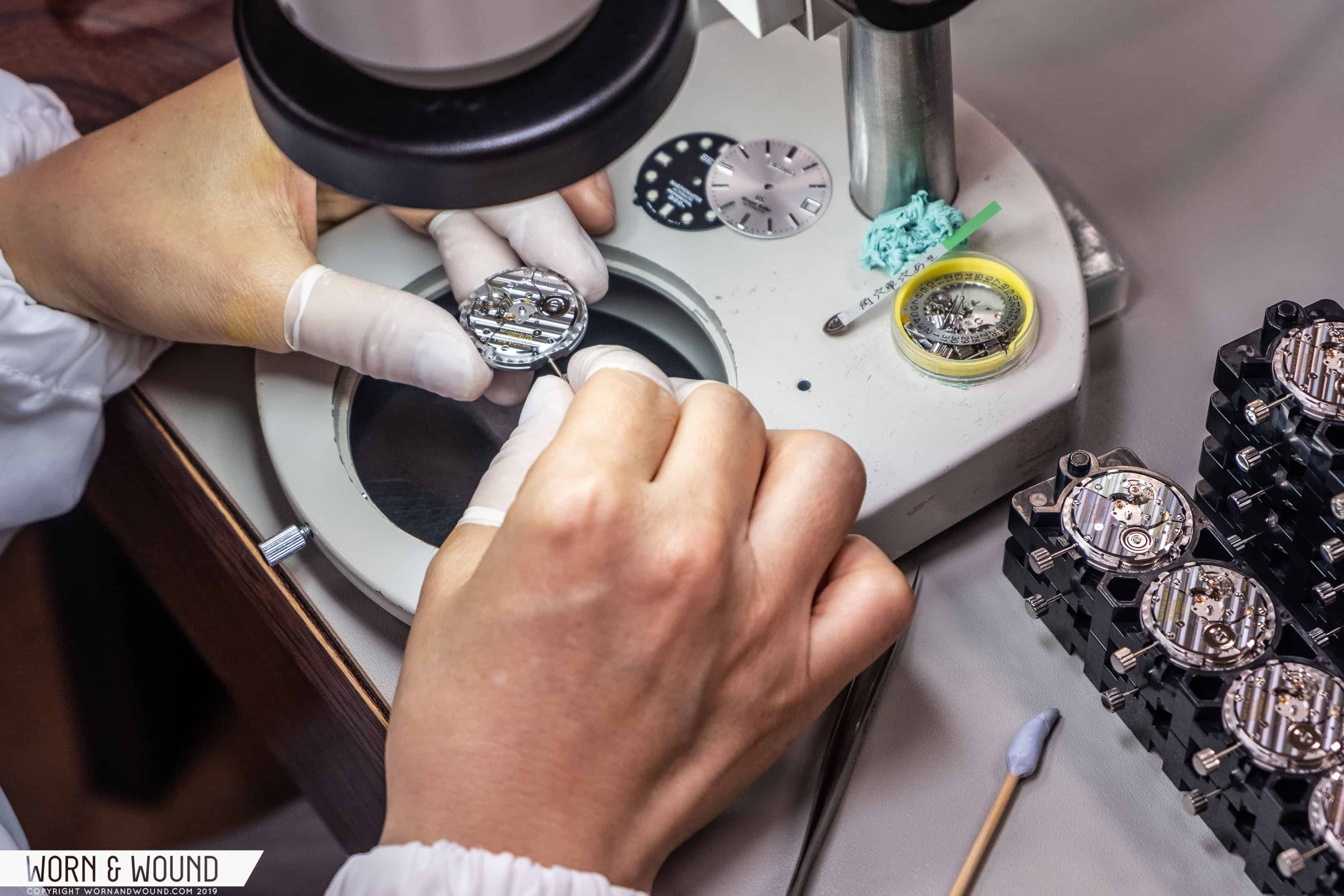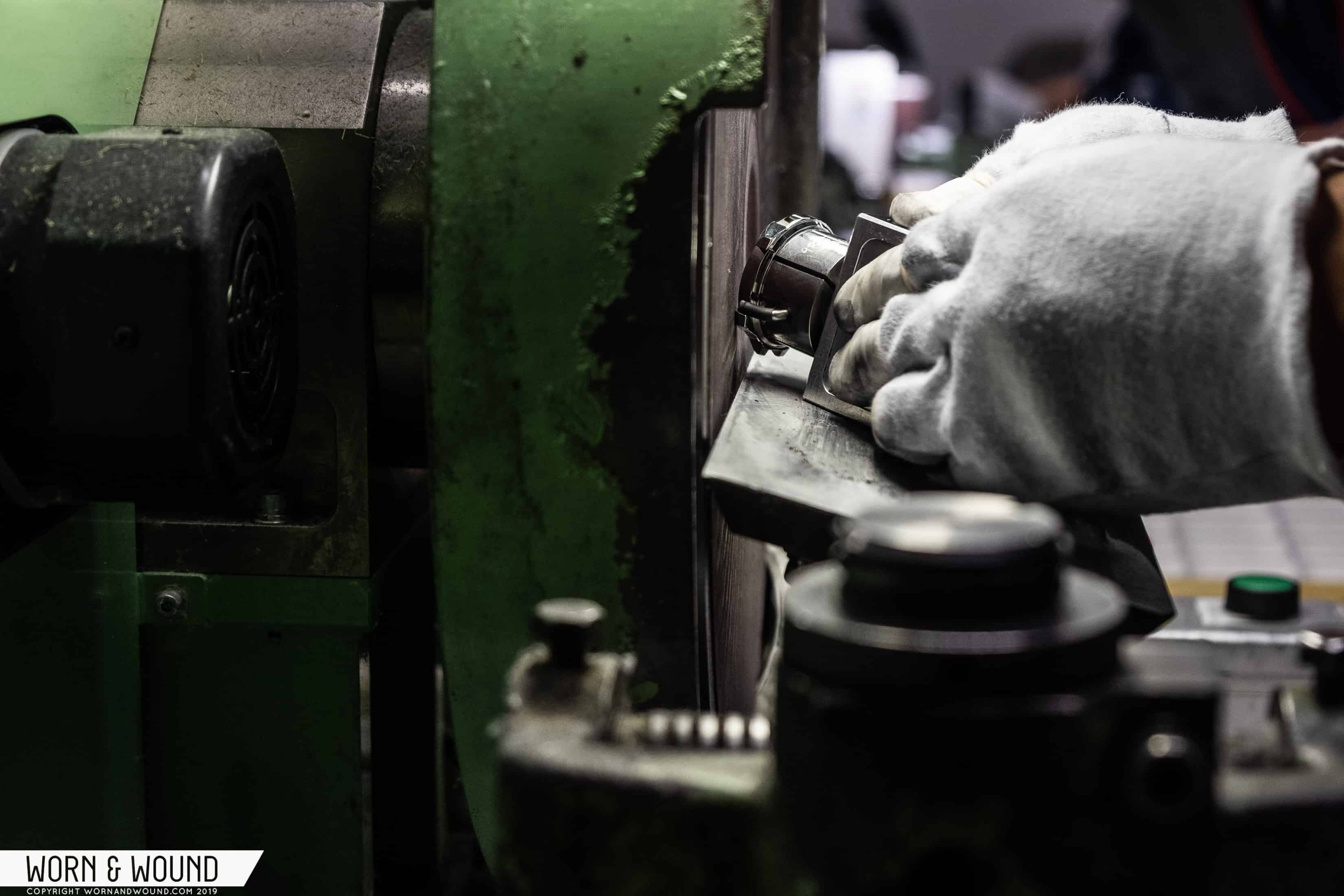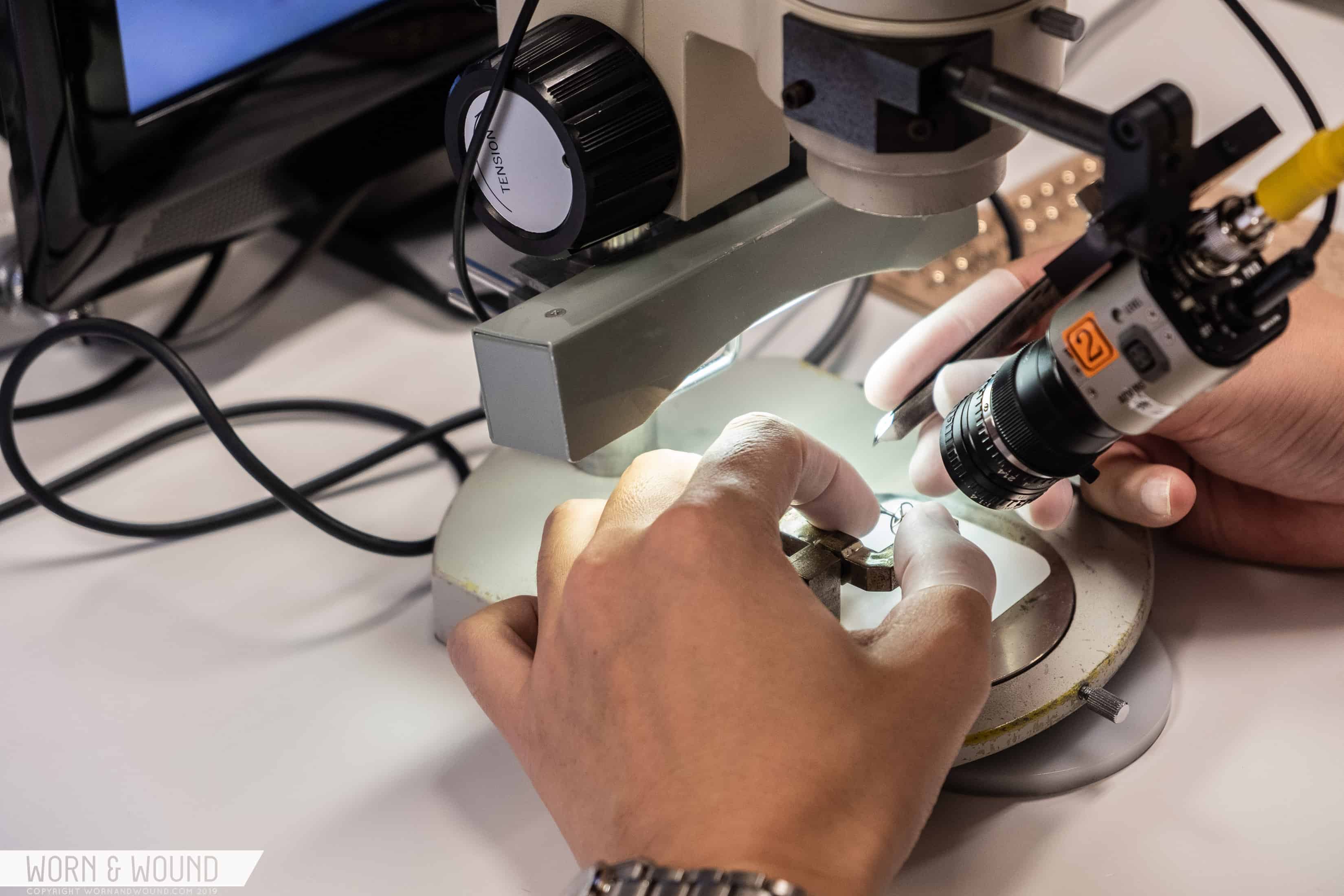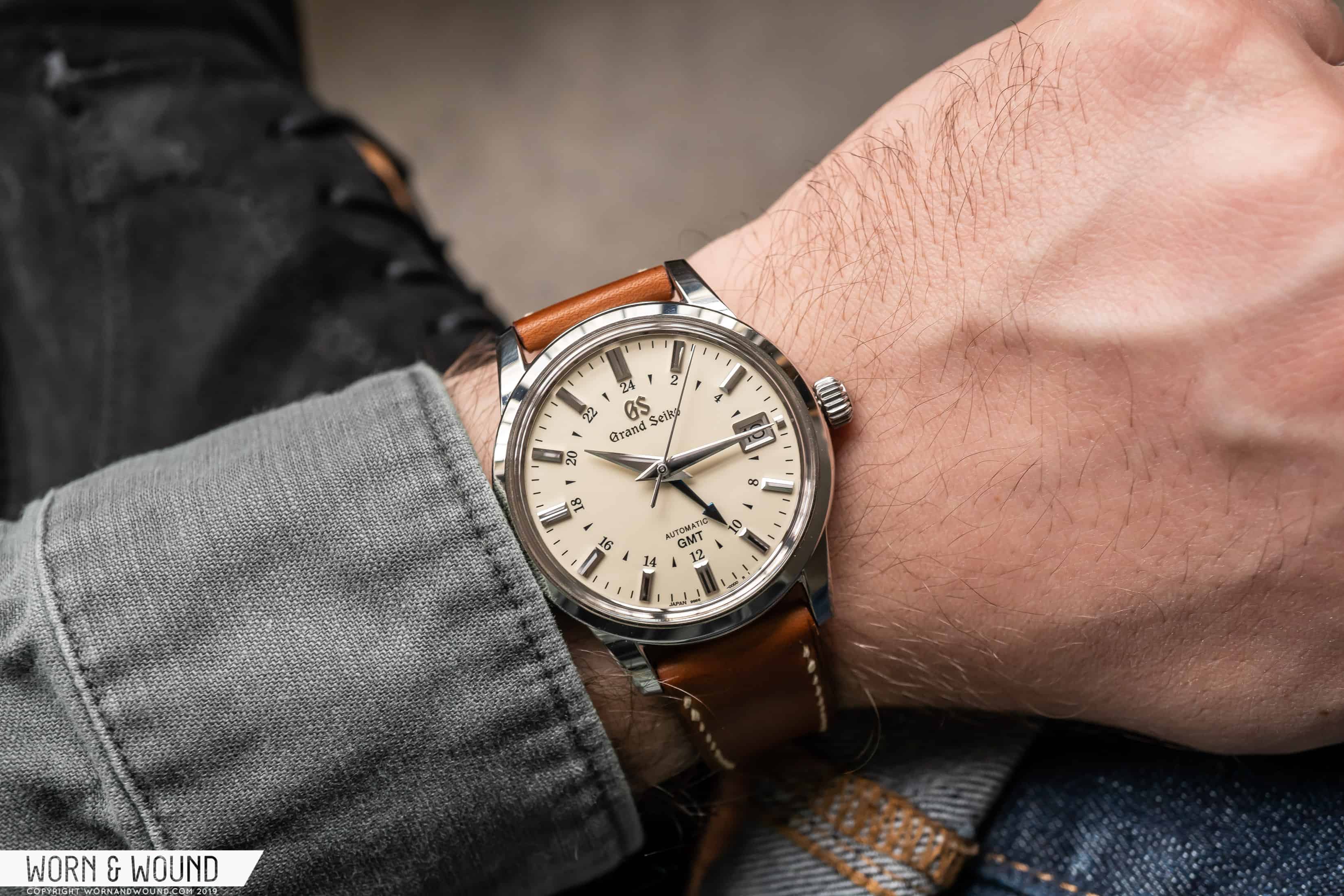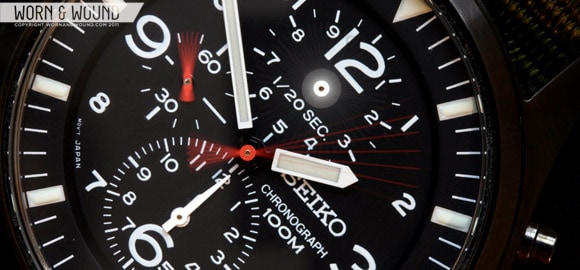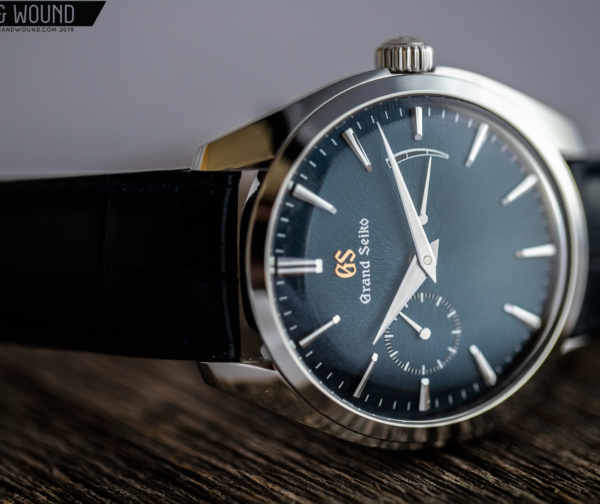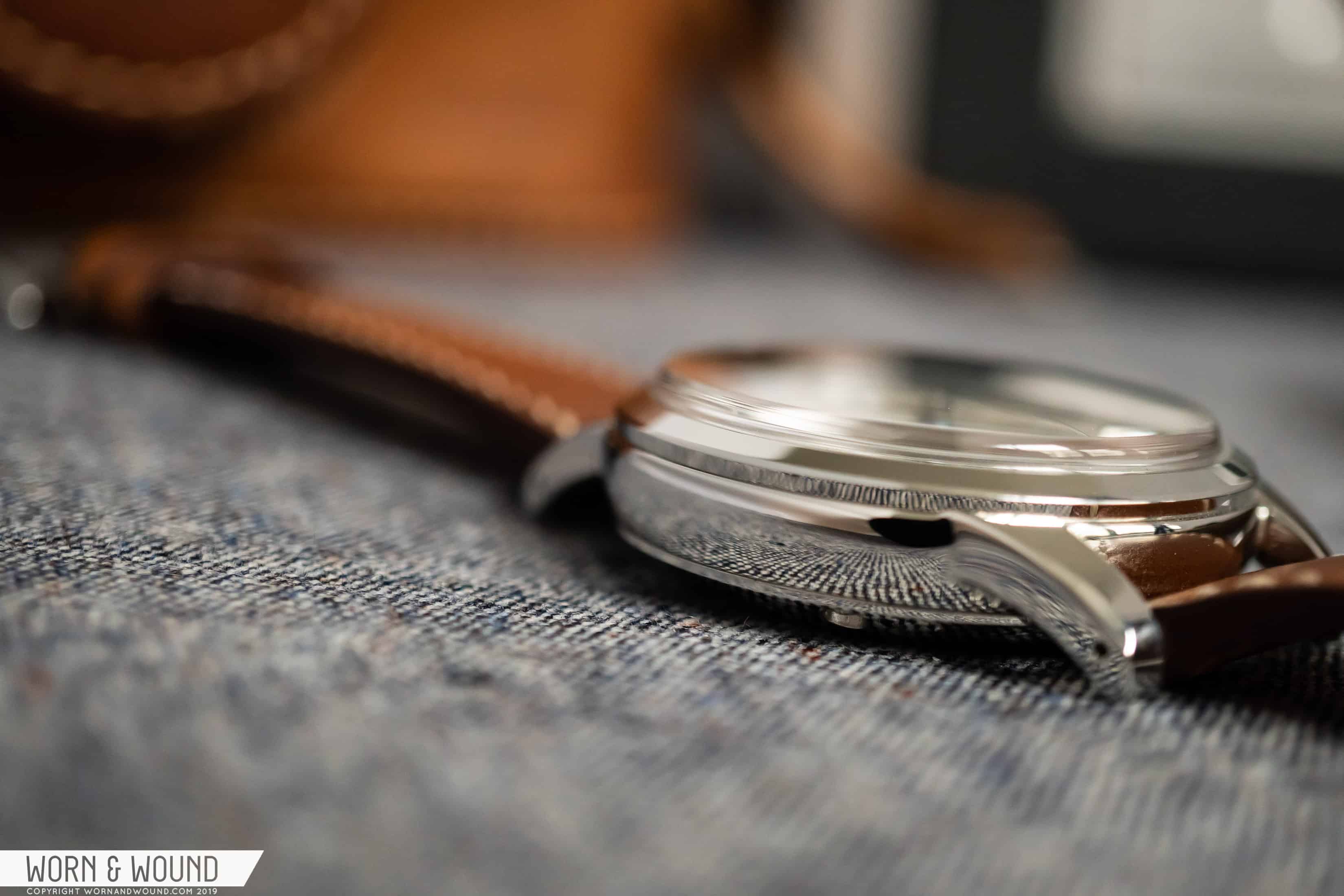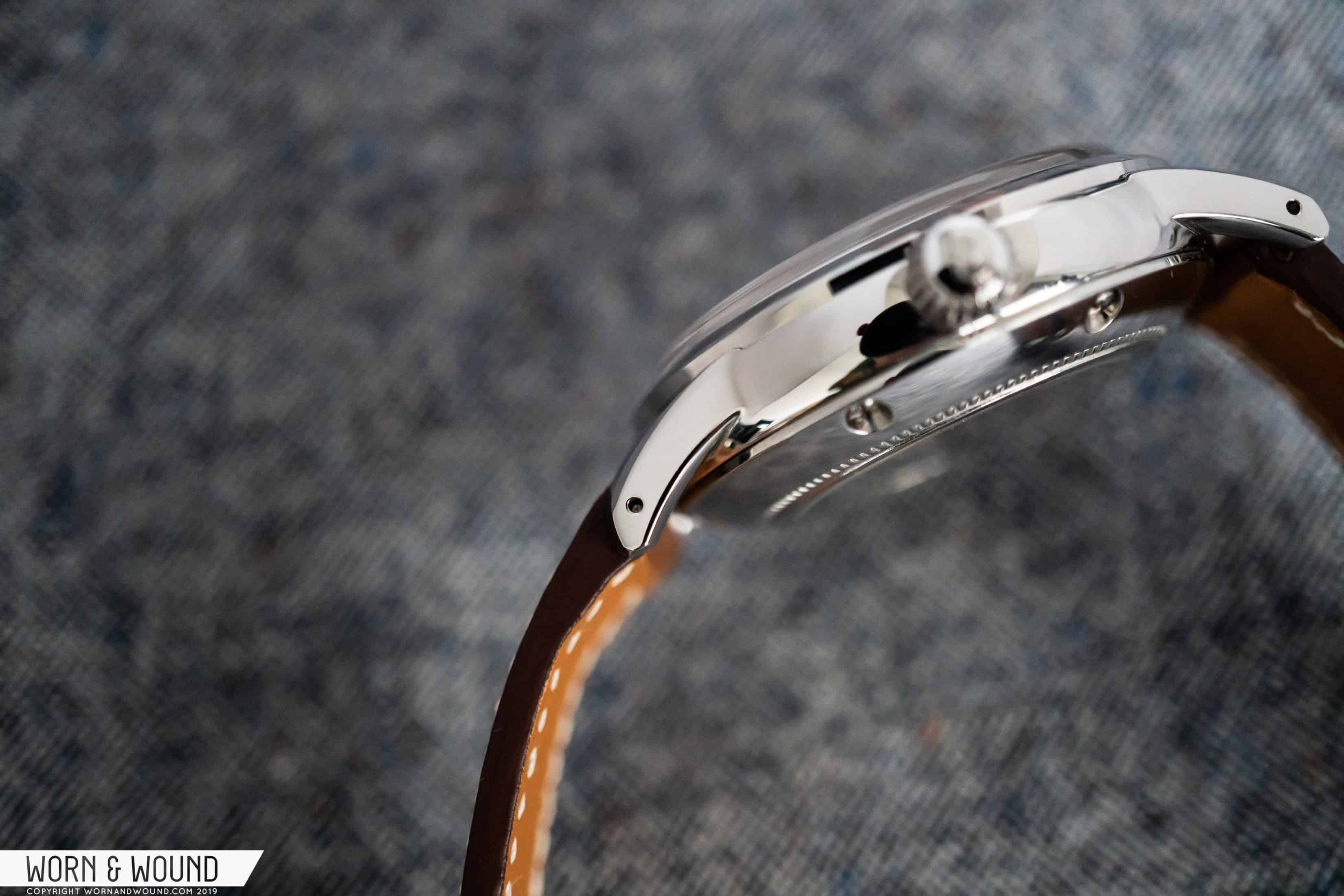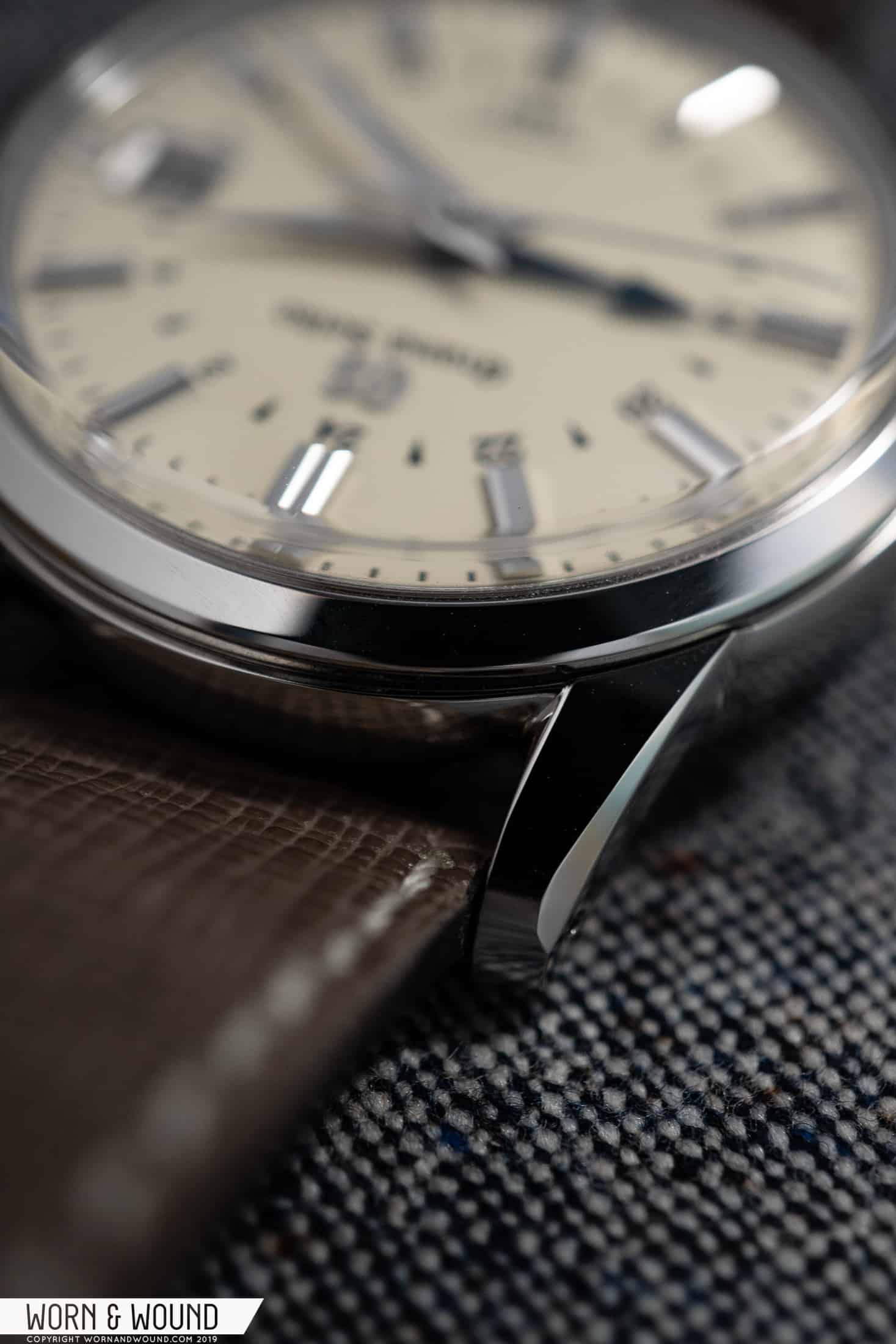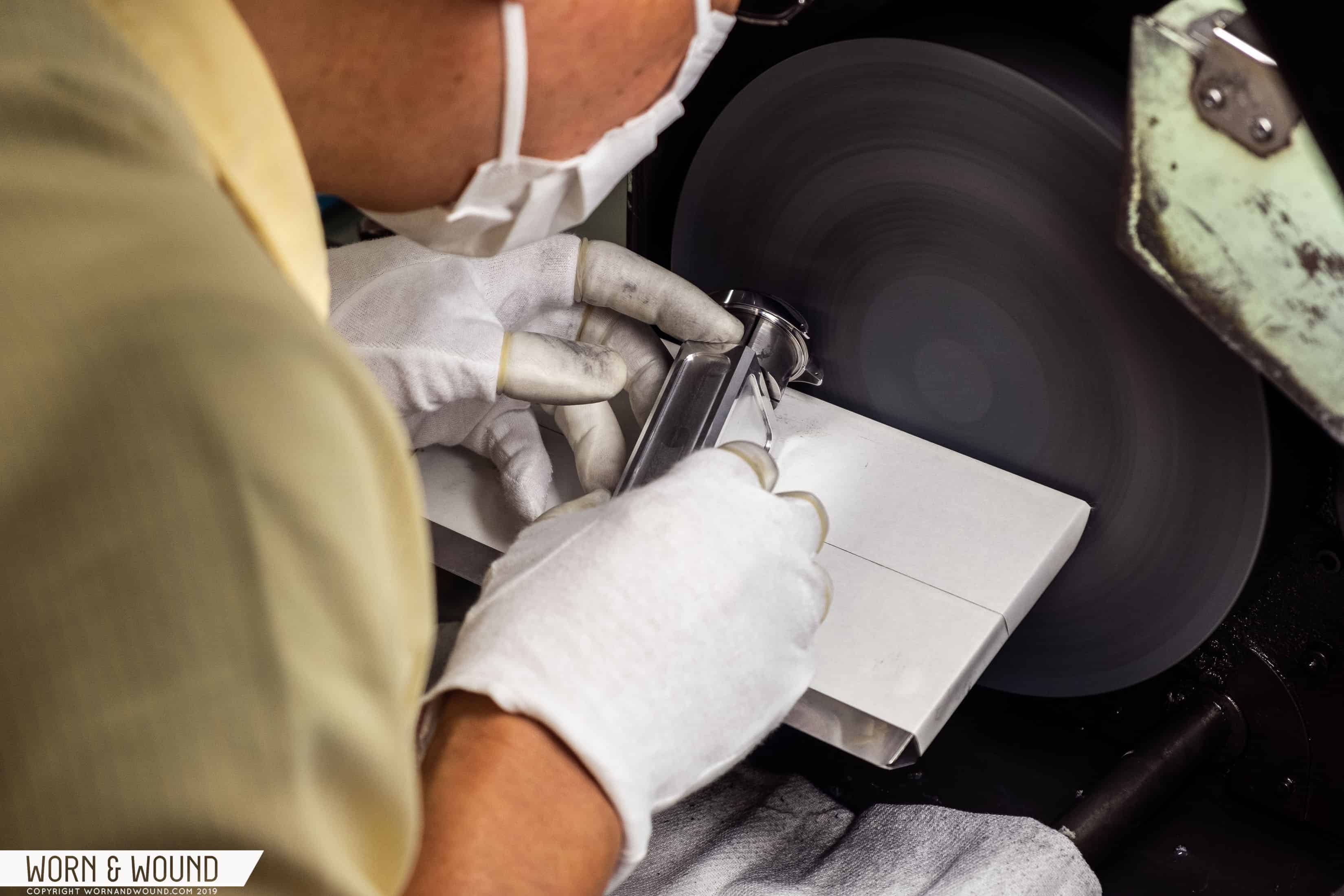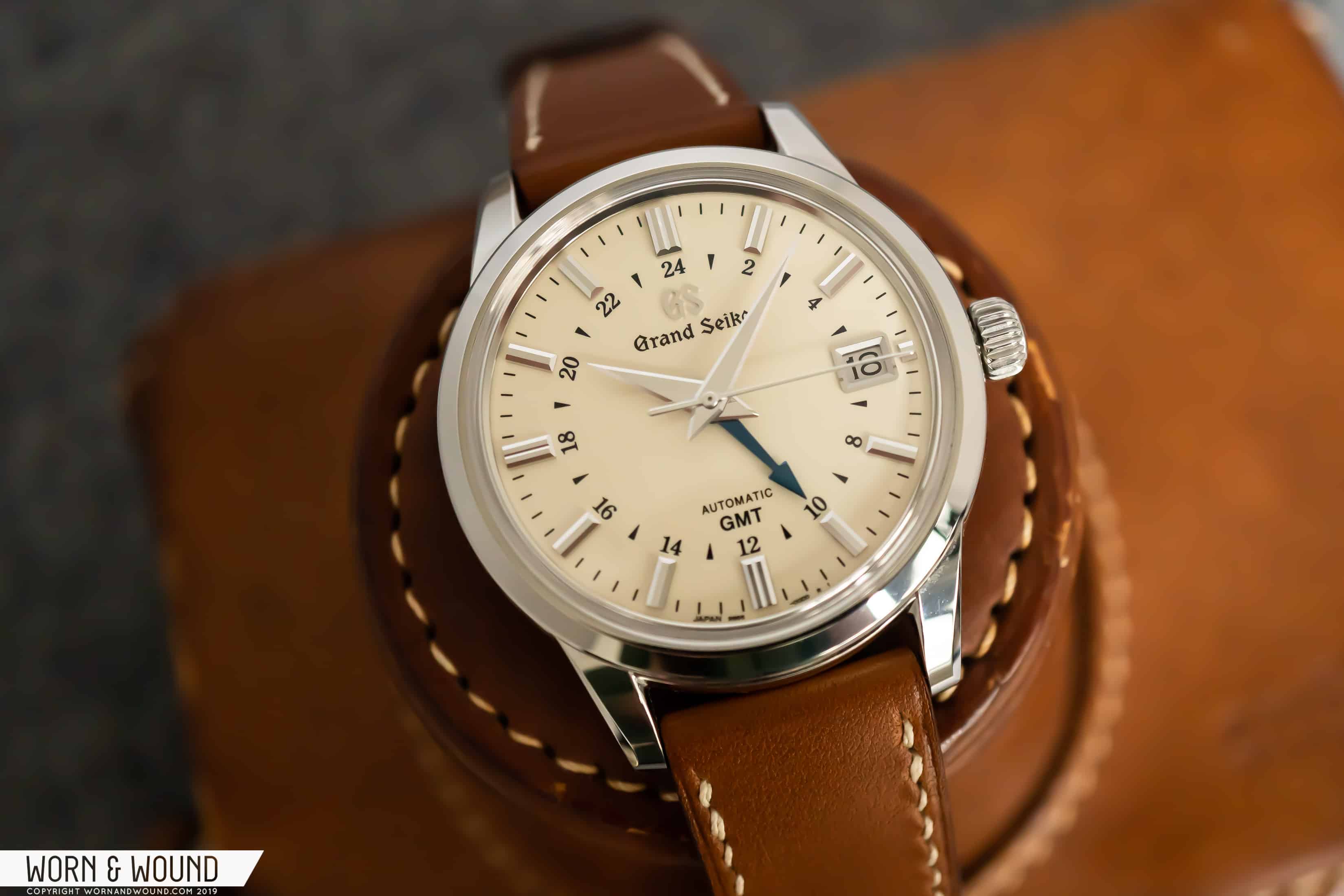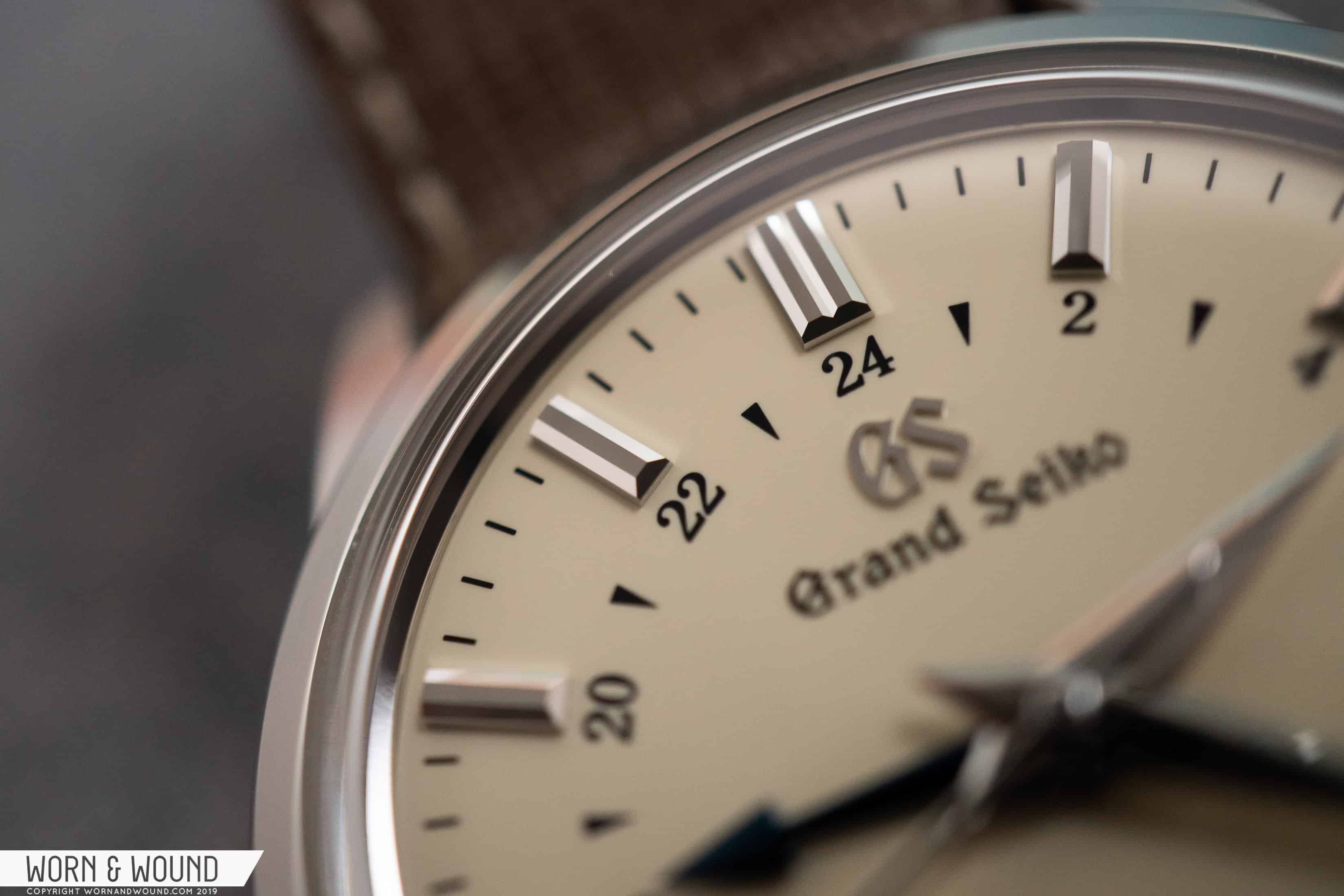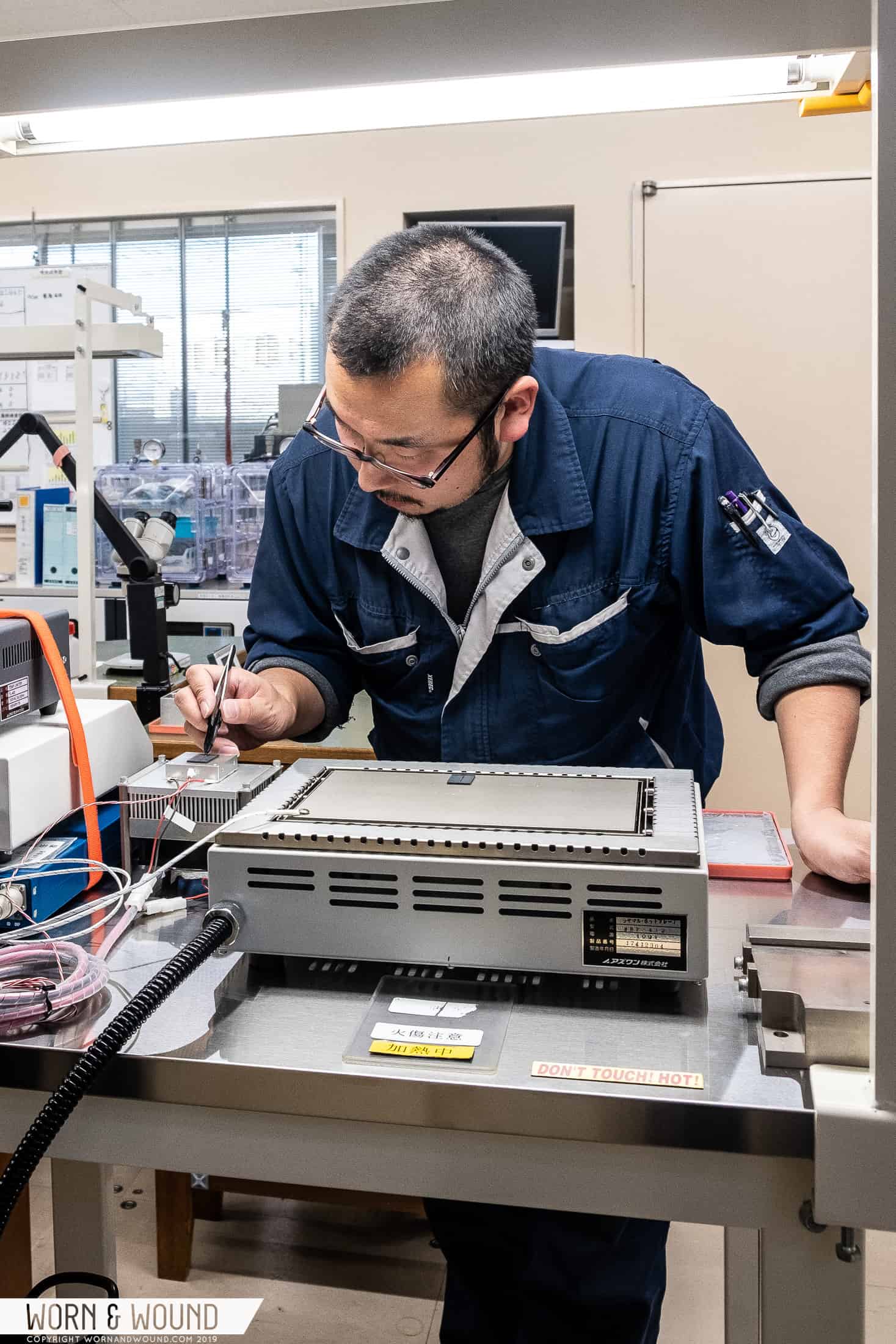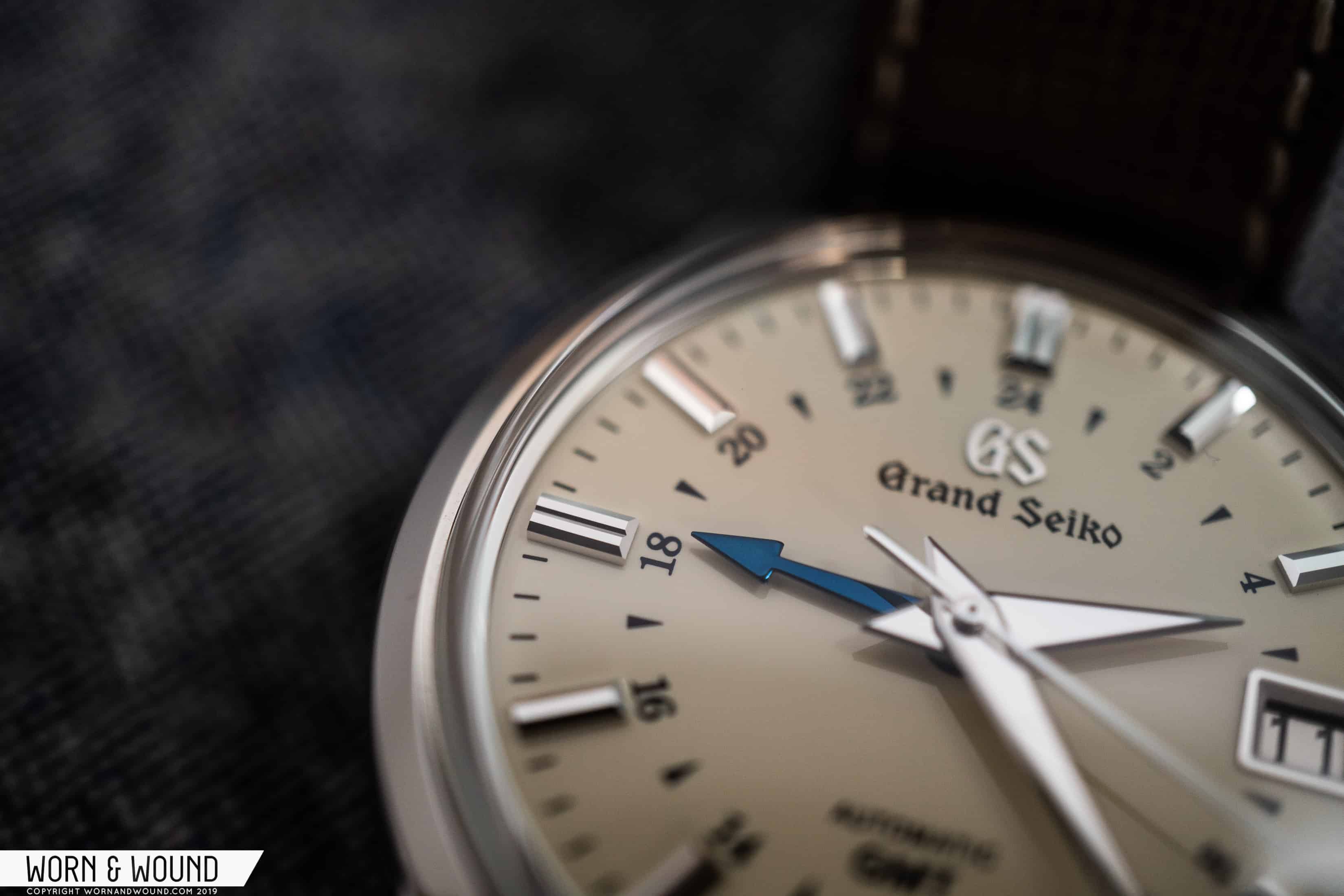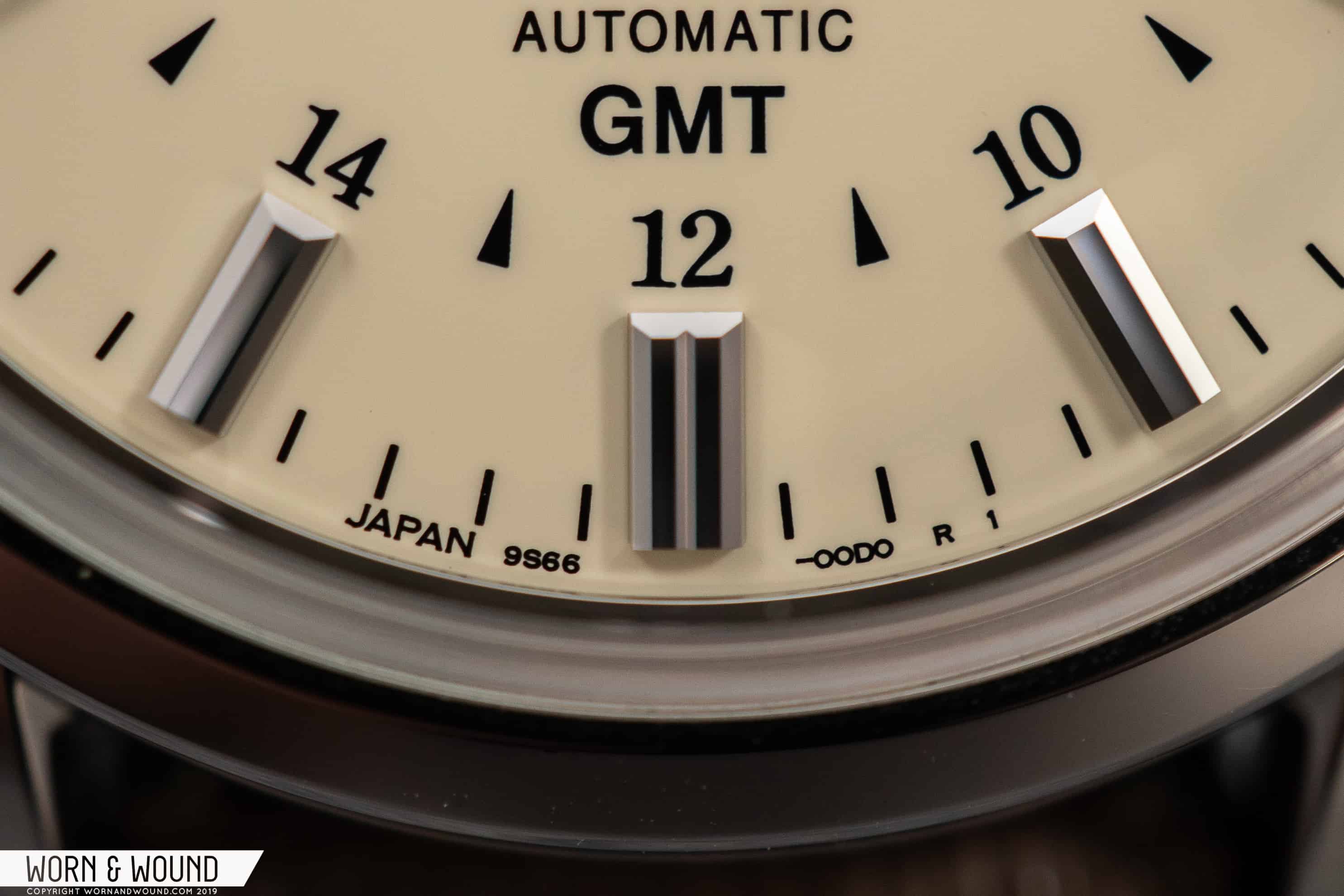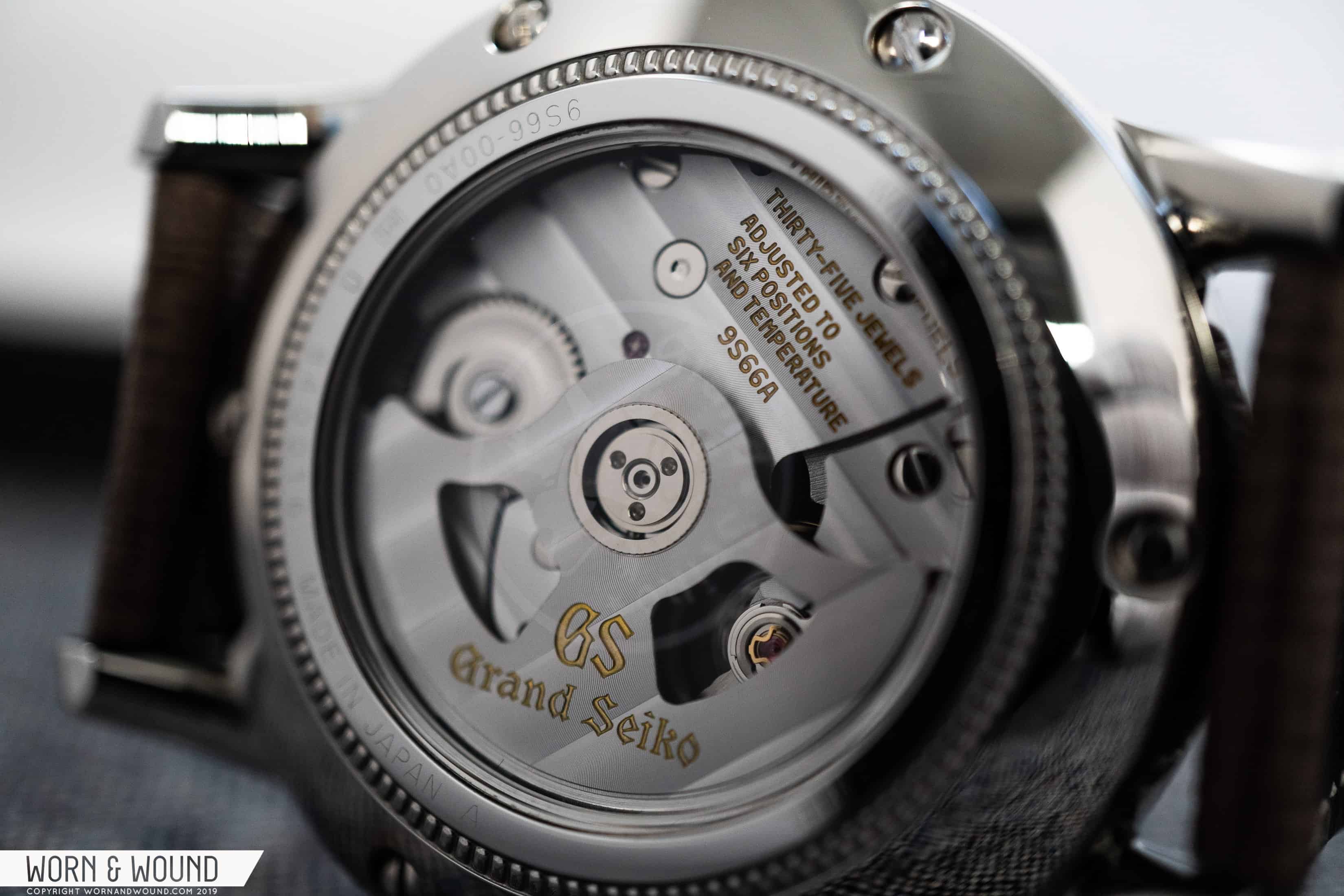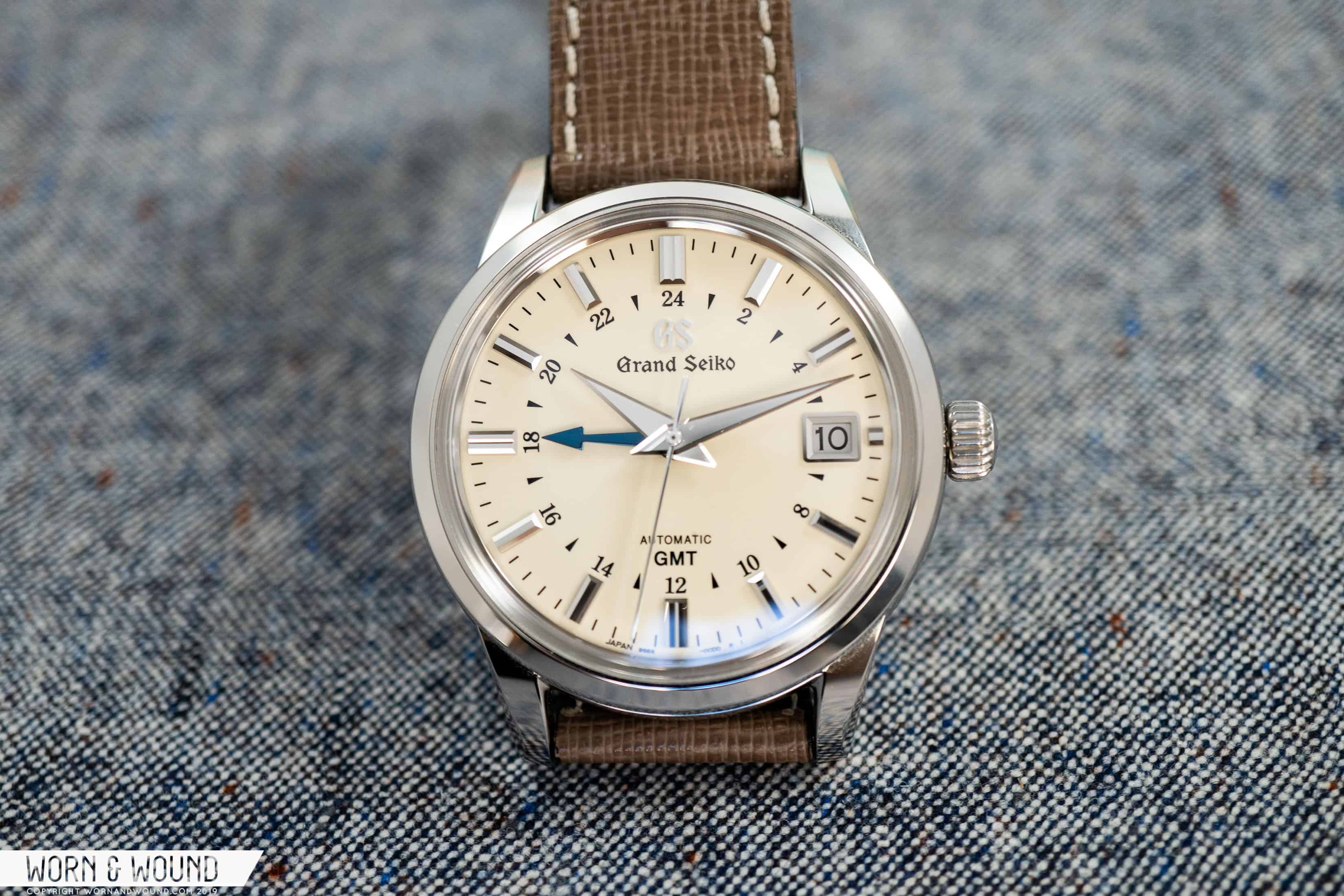Grand Seiko is a true independent manufacture without an obfuscated history. The line was founded in 1960, and it was the start of Seiko’s efforts to produce high-end watches that could compete against those of the Swiss. In 1962, legendary Seiko designer Taro Tanaka developed a series of rules dubbed the Grammar of Design, and his holistic approach to what watches should look like would inform Grand Seiko’s design language for years to come. In 1972, Grand Seiko ceased production for a period of 16 years, until the brand was brought back in 1988 with Grand Seiko’s first quartz-powered watch — the 95GS. But it wasn’t until 1998 that Grand Seiko released the 9S5 mechanical series featuring Grand Seiko’s first new mechanical caliber in 20 years.
My love for Grand Seiko was cemented when I visited the brand’s facilities late last year. Seeing the watches come together, that wonderful mix of hand craft and industrial production, was really something to behold, and I ended the experience more in love with the Grand Seiko on my wrist.









 Featured Videos
Featured Videos




